Hidden in Plain Sight - A Fly Fishing Story by Madelynn Pandis
Growing up in the mountains, I have always had a special place in my heart for mountain streams and creeks. The noise of water tumbling through the rocky creek bed paired with the fresh mountain air creates a near indescribable feeling of bliss. During the late summer months of July and August, most of the snowpack has melted from the high mountain peaks and the runoff has slowed, leaving a clean blue tint in the frigid water. The surrounding flora prospers around the water's edge, creating an ideal home for many different insects to thrive. These small creeks provide a rich environment for juvenile cutthroat trout, brook trout, and the occasional bull or brown trout.
It was late spring and the time had finally come. I had a few days off work and knew exactly what I was going to spend that time doing. I packed my rods, flies, and camper then headed for central Montana. A four-hour drive did not faze me. I was going to the place I envision heaven looks like. The Little Belt Mountains conceal healthy herds of deer and elk, the occasional black bear, and other iconic Montana game animals like the blue grouse. Also found in these mountains are a maze of ATV trails and dirt roads weaving through the peaks leading to various camping sites. These tend to be the elements that draw people to recreate in the Little Belts in the summer, but it seems that most fishing opportunities are often overlooked.
I arrived at my campsite for the night just before dark. I lit a fire and got dinner started. Listening to the pop and crackle of the slowly dying fire I mapped out a plan for the following day. Eventually, the dishes were done, and everything was tucked away for the night. I climbed into my Coleman sleeping bag and fell asleep to the smell of campfire smoke. I dreamt of the wild cutthroat I was hoping to catch the next day, a vivid scene playing over again in my head. In the morning, I woke up to the radiant sunlight fighting to get through my half-frosted windows. After having a cup of coffee and brushing my teeth, I headed out to start fishing. With the windows down and the music on, I drove to my starting point of the day, a trail of dust hanging behind me. I parked my truck and a rush of serotonin overwhelmed me. All the stresses and thoughts of the real world suddenly disappeared.
The first hole I wanted to fish was part of a small mountain creek. Hidden in a maze of lush vegetation, those who drive down the paralleled highway pay little to no attention to this section of water. I got out of my truck and started to prepare. I threaded my line through the eyelets of my rod. I took one look in my fly box and immediately knew what I would be fishing with. I tied on one of my favorite flies, the chubby Chernobyl. Even in the spring, the creek was far too shallow to efficiently fish a dropper, so I tied one shimmering purple chubby onto the end of my tippet. After running a quick double check of my backpack's contents, I was all set to start fishing. Just a few minutes later, not even twenty yards from the truck, I could already see the barely visible shadows of trout navigating the water’s robust current.
The shallow water depth meant these trout were extremely sensitive to movement, making it harder to cast up to them. Approaching the creek, I hid behind the thick bushes and tried to keep my shadow off the water. The compact trees overhead made it difficult to move the rod through the brush. I finally found a break in the foliage big enough to allow room for casting. I flipped the chubby upstream, painting the fly right across the noses of the overly eager trout. Without hesitation, the first trout struck. The fly twitched just before I saw a small splash of water drown my fly. I lifted the rod and felt a tight line. My rod tip danced for a few brief seconds and after a short battle I had the trout netted. It was a juvenile cutthroat, wearing a pattern of distinctive black spots starting on its back just behind its gills. As I looked along the length of the fish, the spots grew darker and larger in both size and number. Along the black spots were blue oval stamps that ran down both sides of the trout’s body. These faint blue blotches looked as though they could have been a product of a watercolor painting. And of course, as the name suggests, the fish had two blood red scores under its jaw, as if its throat had been cut. After taking a moment to admire the fish, I sent it back on its way. With a flip of its tail, the trout vanished into the steady flow of the current.

Madelynn holds up a juvenile cutthroat trout.
I kept moving upstream with the same routine. Walk near a hole and look for the fishes’ shadows. Find some shrubbery to hide behind, cast over it, set the hook, and repeat. Despite the creek's small size, there were countless hiding spots to pull fish out of. From the bases of trees dipping below the watermark to seams where the water flooded over bigger rocks; you name it, there was a fish hidden there.
Eventually I saw the familiar white picket fence I always encounter when fishing here. Behind the fence was a tall, white, wooden tombstone. At the base of the grave marker, the name of a man who died in November of 1981 was painted black. It’s one of my favorite bends on the creek. I always walk over to visit the site; I can’t help but think he is the one awarding me with good luck. After a moment of silence, I continued upstream to a shady spot for lunch. With a full stomach, I decided it was time to head back to the truck and try out another trusty fishing hole.
I got back to my truck and laid my fishing stuff on top of the cot in the back of my truck. My cot is the same height as my tailgate when it is closed; when I laid my 10-foot rod on the 6-foot cot, the end of the rod stretched out past the end of my topper. I went and turned the air conditioner on in my truck and set a few things down on the seat, thinking of where to fish next. I then walked back to the tailgate and put everything up so that nothing would get loose while driving down the highway. When everything was secure inside the camper, I turned and shut the topper door.
A snap made my heart sink. I knew immediately that I had just broken a rod. I looked along the rubber skirt of the topper and there laid the last 3 eyelets of my rod smashed under the topper, pointing toward the ground. I opened my topper as fast as I could, hoping I somehow only bent my rod and that when I opened the topper it would straighten out. This was not the case; a clean break made its appearance at the end of my rod. Irritated with myself, I broke the rod down completely and put it in its case to avoid causing any further damage.
With morale low, I started the drive to a different creek that I knew was an exceptional hideout for brook trout. During the short 20-minute drive, I couldn’t help but replay the image of my rod breaking over and over. I knew that I had a second rod with me, so I tried to look at the positives: at least I still had a rod to continue fishing with. After parking at the second spot, I repeated the same routine as earlier. After threading my line through the eyelets of my second rod, I opened my fly box. While they're an aggressive species, a brook trout can only eat a fly so big. I looked through my foam flies and nothing caught my eye, so I singled out a purple haze. The purple haze would be big enough for me to see it on the water surface but small enough that the fish could scarf it down.
I coated my fly in flotant once again and headed on my way. It had rained recently, maybe a week before I arrived, leaving left over puddles on the dirt path. A flutter of small butterflies danced from puddle to puddle, while others fanned their wings resting on the warm soil. Elk had also been using this path: they’d left a trail of concrete hoof tracks in the dried mud. I followed the elk tracks until I reached the first fishable pocket on the creek. Lacking trees and larger shrubs in the tall grass, there was a scarcity of places for me to hide. I left my backpack on the path and got on my hands and knees to crawl to the bend. I stayed as low as I could, trying to keep my shadow off the water. Just a few feet away from the water, I decided that I was close enough. If I crawled any closer, I was certain that I’d spook the trout.
I slung my fly just ahead of the tailwater at the bend. The fly tumbled with the current until it dumped into a smaller, slower pool. These brook trout were more cautious than the cutthroats; it took a dozen casts before I saw my first brookie. Arising from the depth of the pool, the brook trout hunted down my fly. After a quick glance on the way up, it pounced. I set the hook, and the fish was on. I netted it a short time later and got lost in its maze of patterns. Its head and back hosted an intricate pattern of dark markings, comparable to those of a leopard, and then faded into the yellow spots that were sprinkled across its flank. Its white and orange under belly paired with bright white stripes on its orange fins reminded me of a summer sunset. It’s amazing that such a bright fish can remain so well camouflaged in its environment. As soon as I lowered the fish to the water, it shot out of my hands and simply disappeared.
For the rest of the afternoon, I found myself bushwacking to access some incredible looking pockets. Targeting the brook trout was the same as targeting the cutthroats when reading the water, but it called for a more technical fishing style. One wrong mend or drift and the fish would refuse my fly. Despite the challenge, getting off the main road meant I had quite a bit of luck. With the evening settling in and the sunlight starting to diminish, I picked up my backpack and began walking back to the truck. I could still see the images of the brook trout ambushing my fly, coming from every direction with the ferocity of a much larger fish. Arriving at the truck, I made sure to completely break down my second rod and put it in a case before closing my topper to avoid the same careless mistake made earlier that day. The drive back to the campground was nothing short of relaxing. The cool breeze coming through the open windows mixed with the heat of my sunburn and left me feeling thankful for a full, successful day of fishing.
After I settled back into my campsite for the night, I grabbed a cold beer and a good book to unwind with. I settled into my hammock, dirt under my nails and dust stuck to my previously sweaty skin and began to read. I woke up to the noise of mosquitoes buzzing around my head and saw that my fire had died. I lazily got out of my hammock and crawled into my cot half-asleep. Despite my eagerness to do it all again the next day, it took not even 5 minutes to fall back asleep with the picture cutthroats and brookies swimming through my mind.


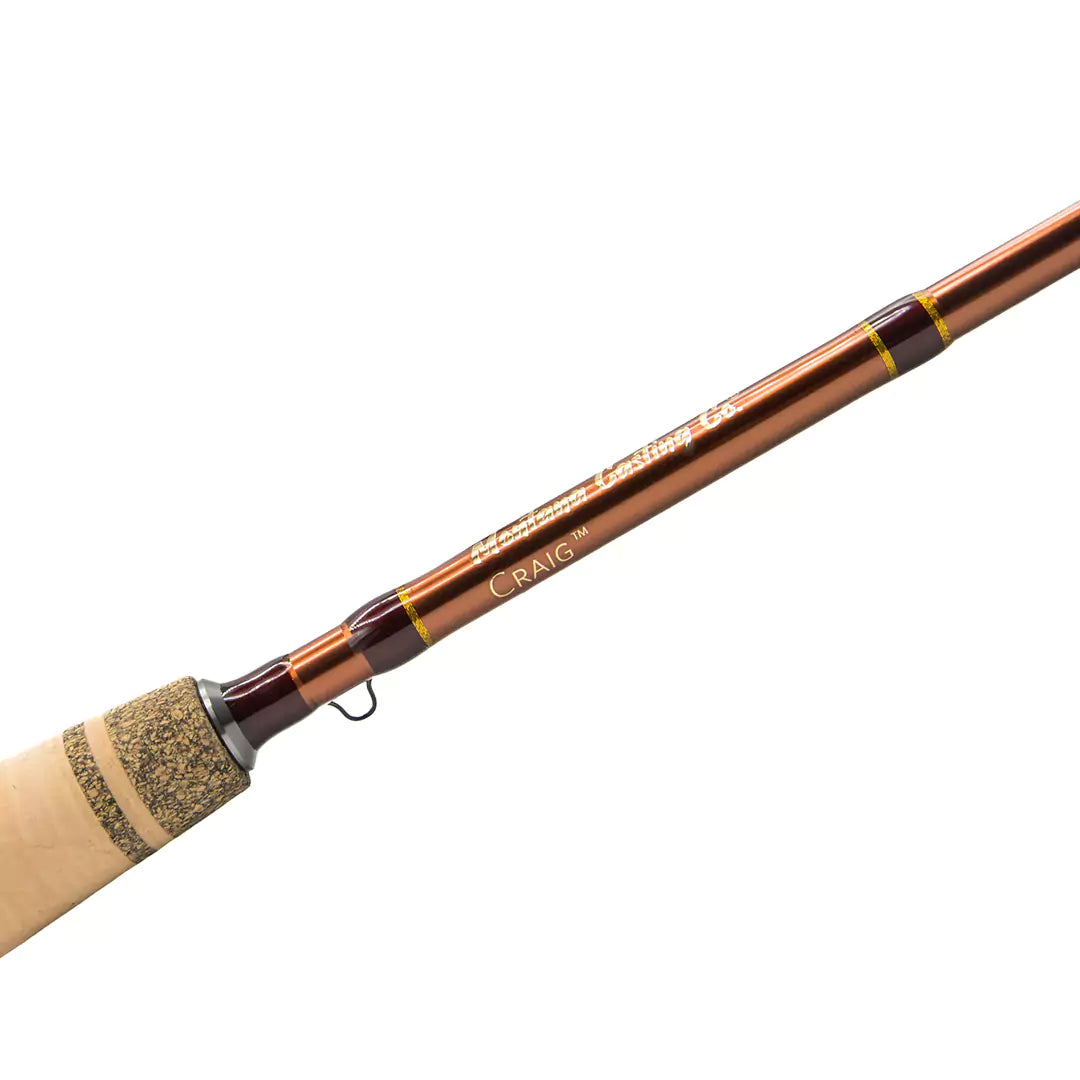
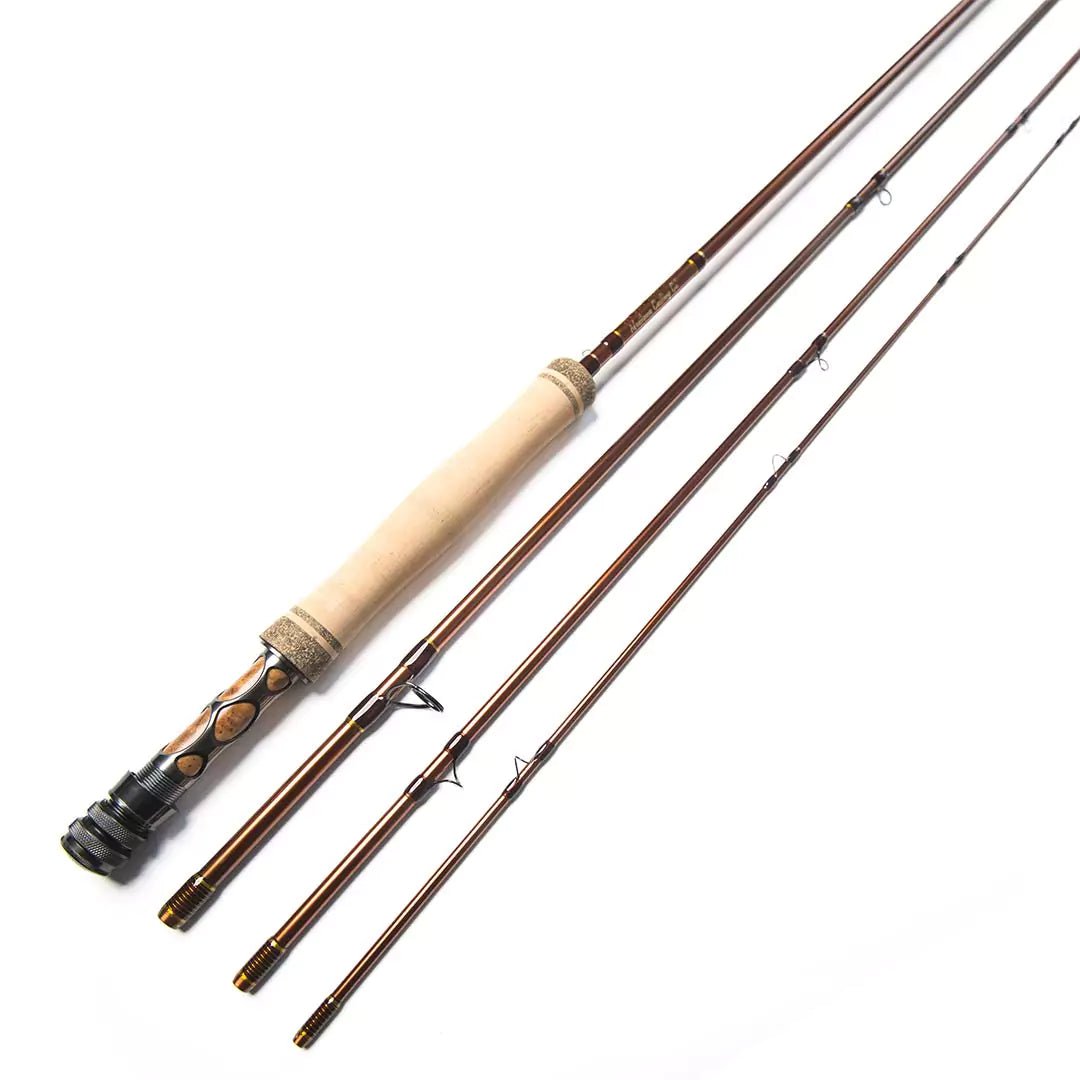
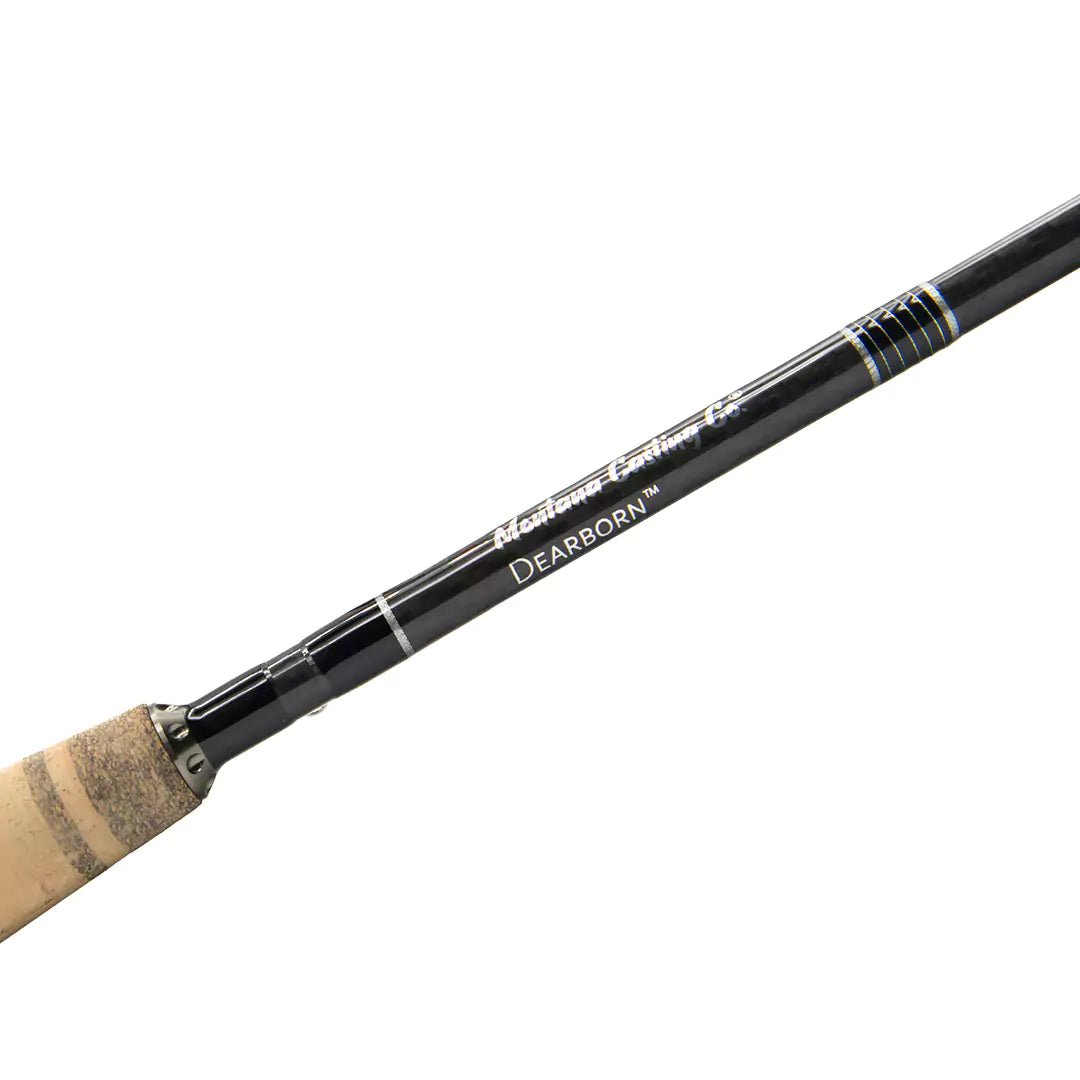
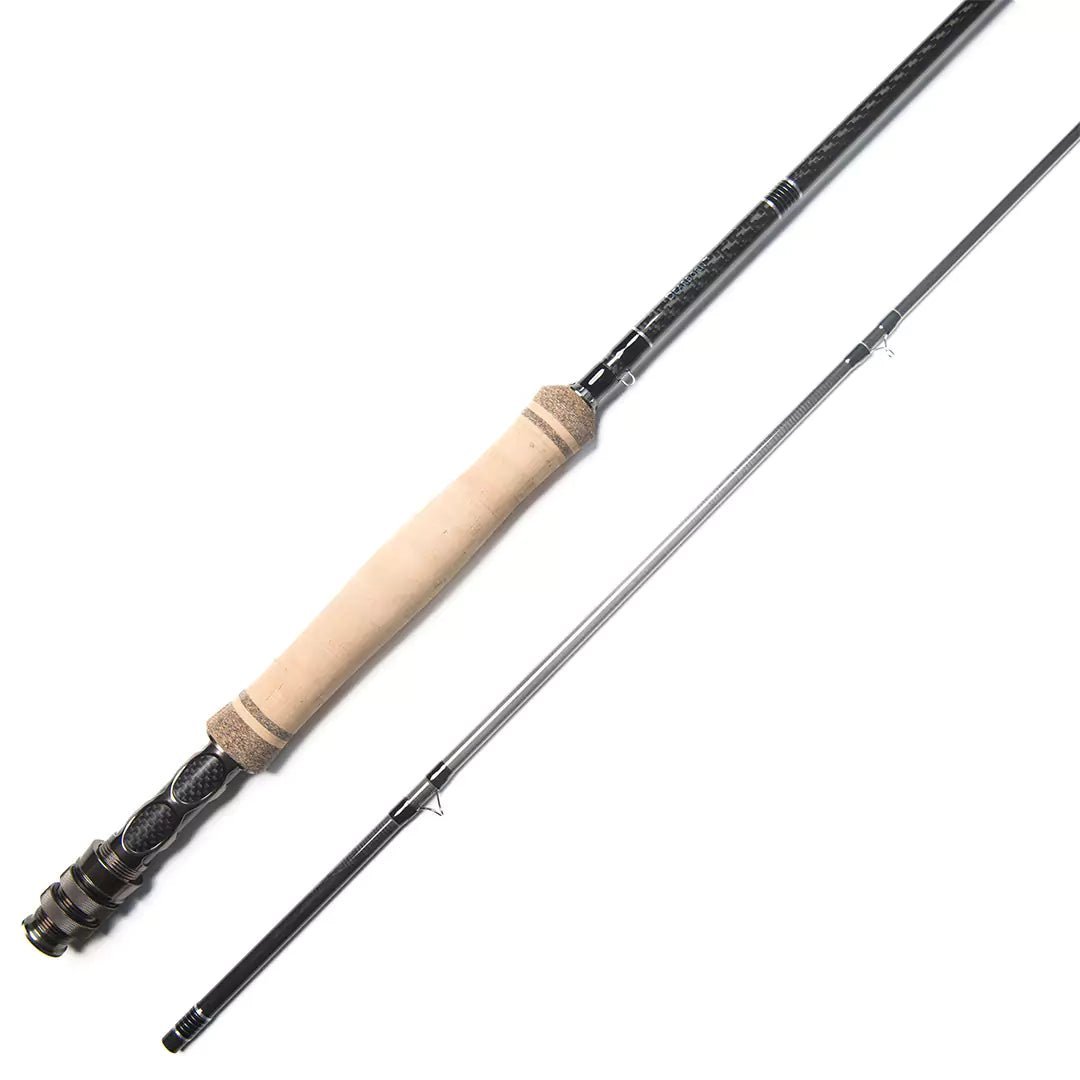
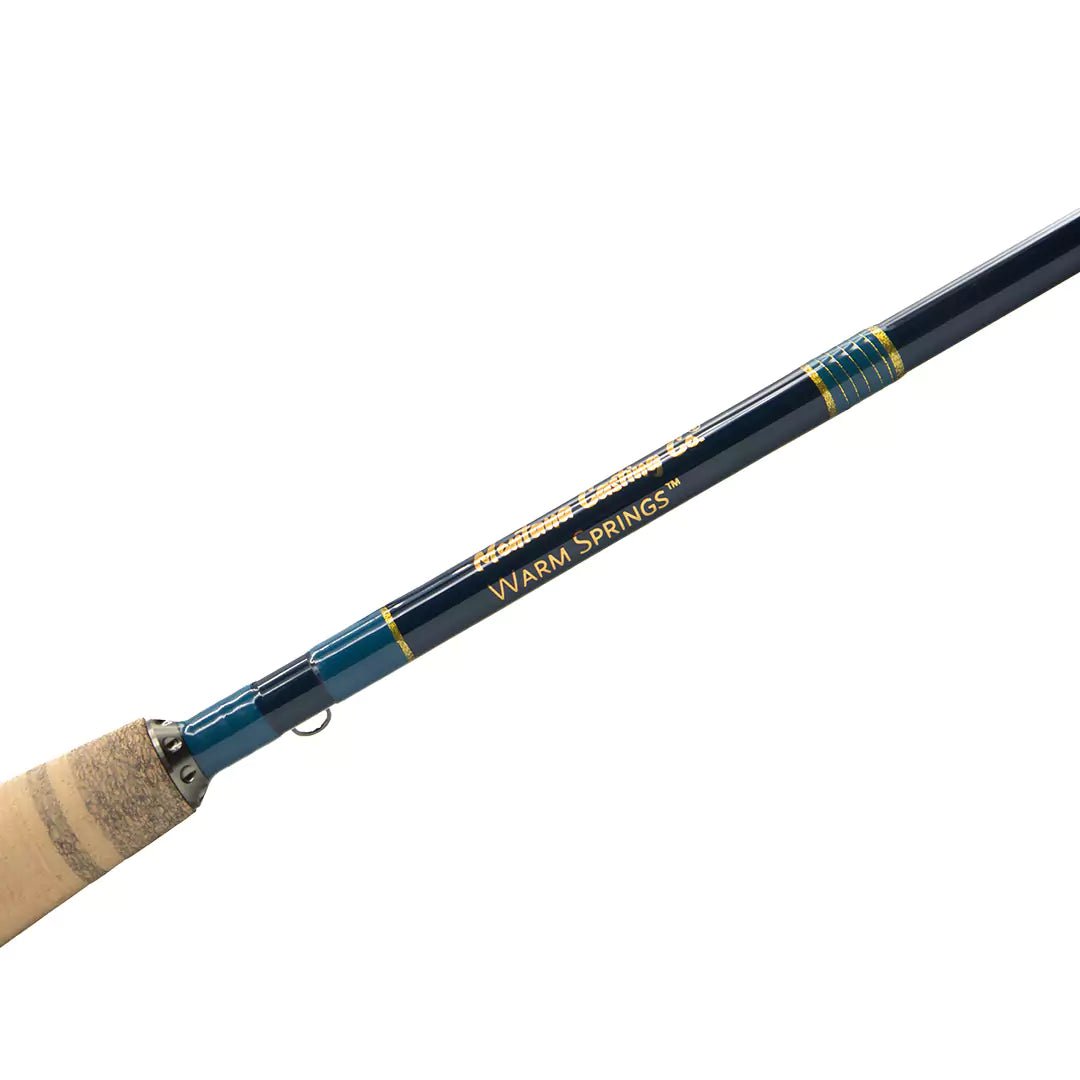
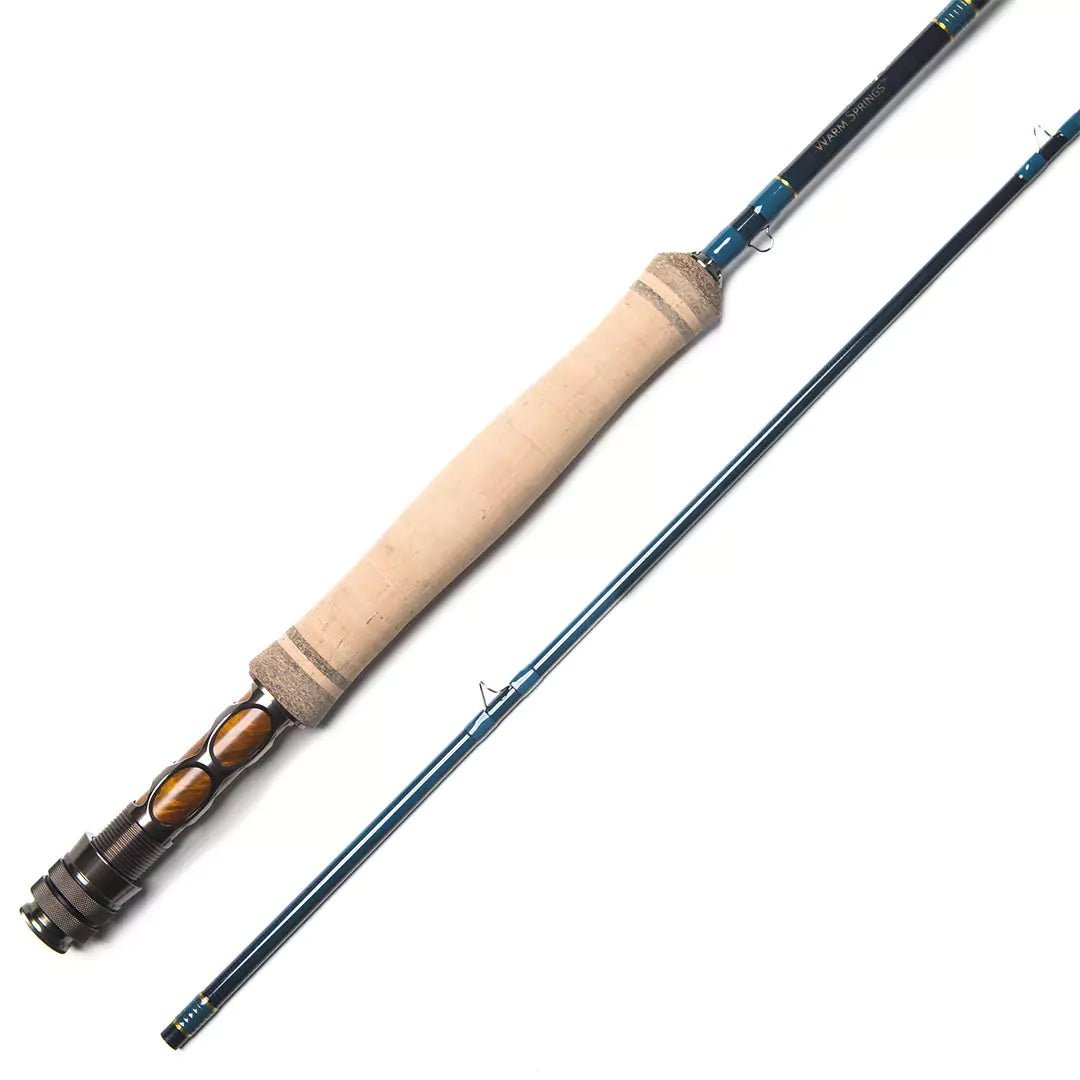

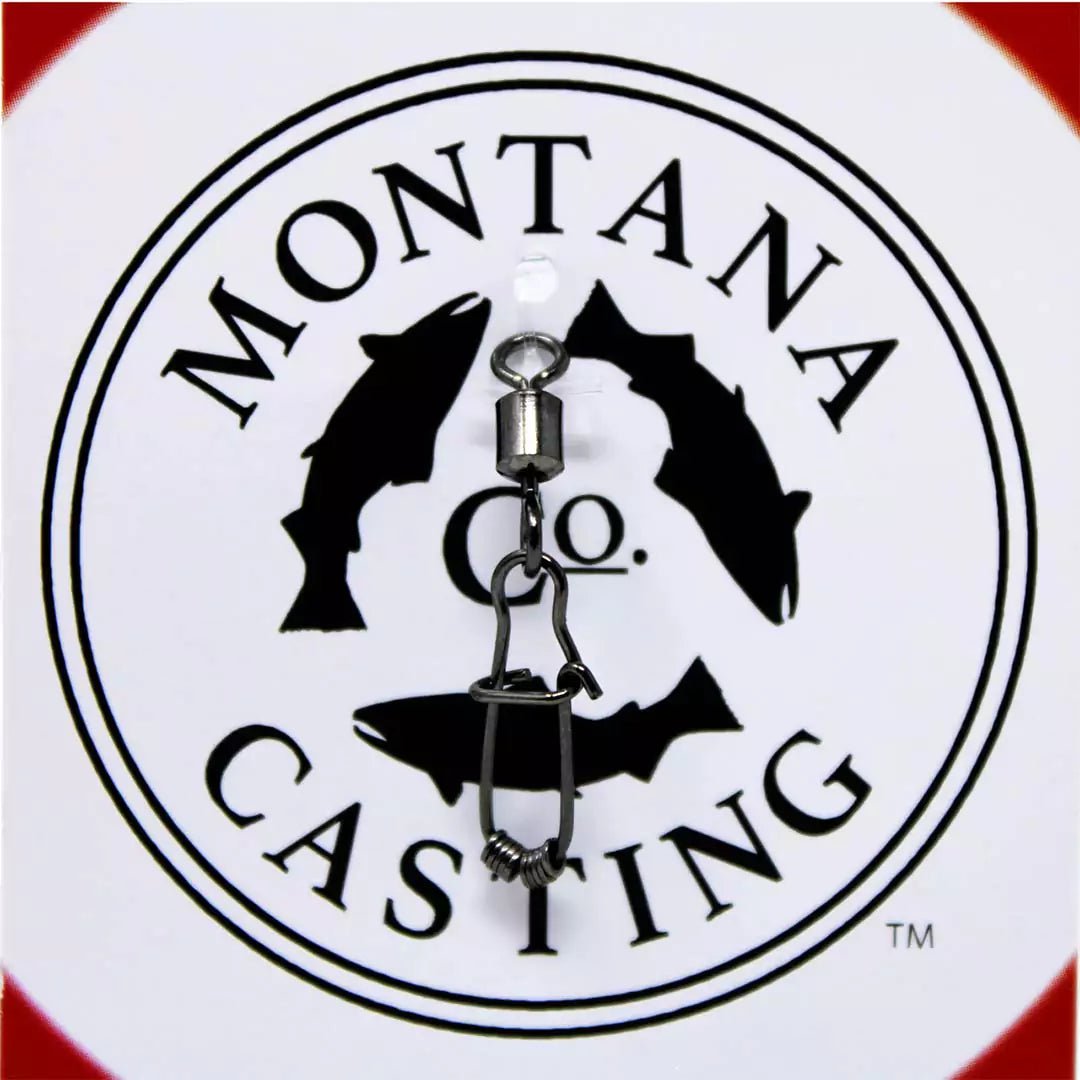
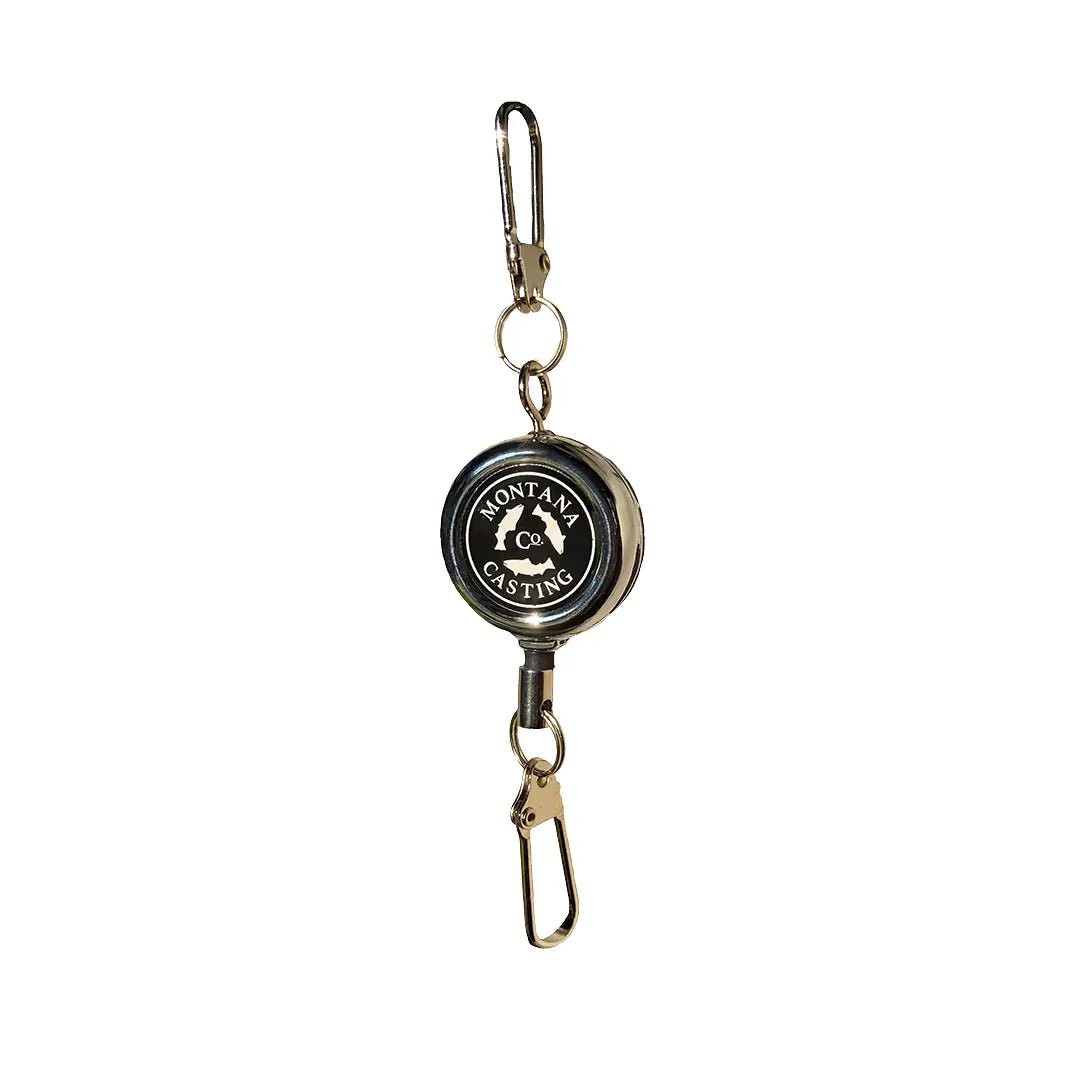
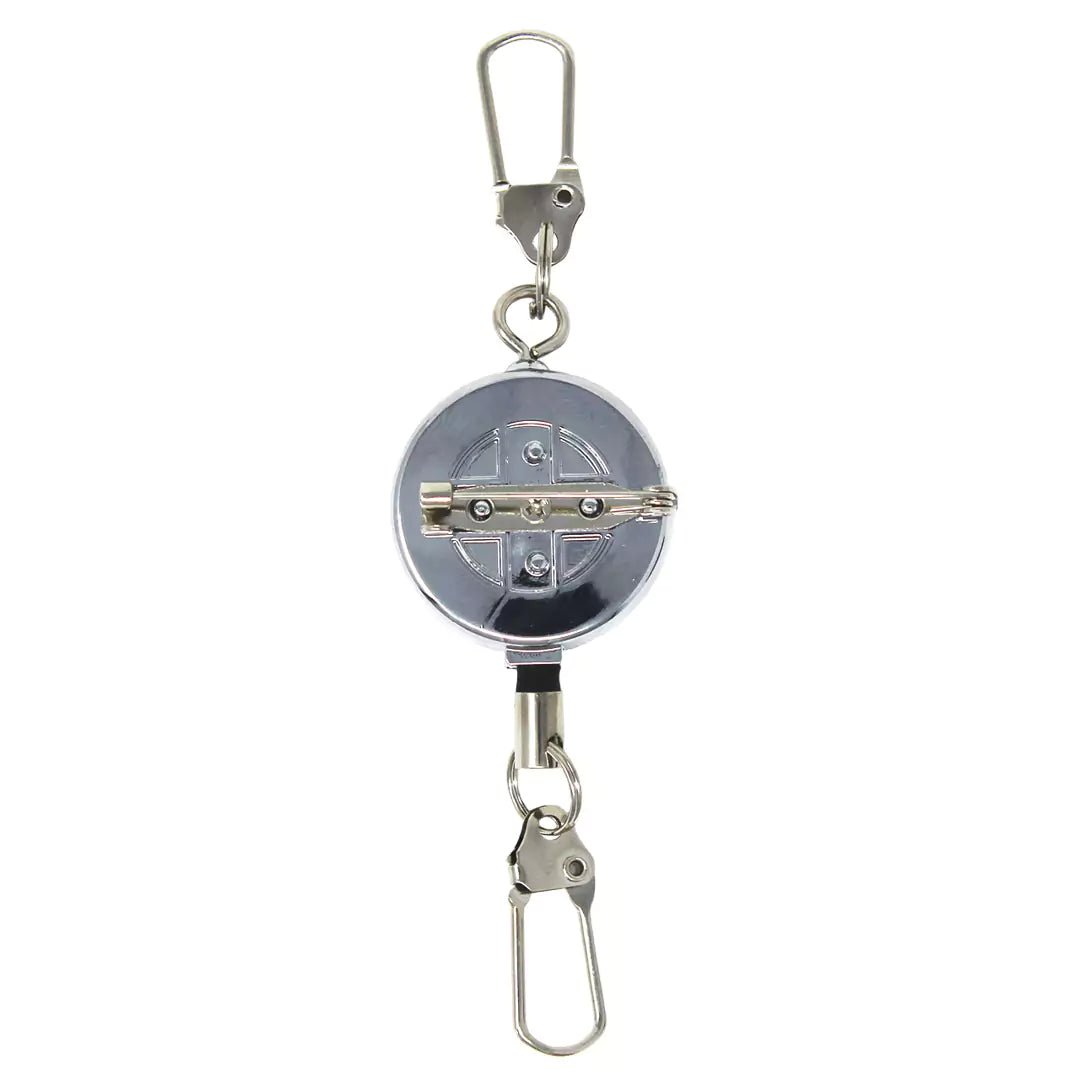
3 comments
Wow!! I cried as I read this thinking how much you have grown up and how proud I am of the person you’ve become. What a dream come true. Your writing skills are unbelievable.
Loved it! You painted a very vivid picture with words. Will be looking for more stories from
Maddie..
Excellent Read! Wordsmith comes to mind. You took us from the current reality of “Frigid February” with ice capped streams to “Splashy Splashy Summer” with open water and the joy that can only be derived from a July tug on a well placed cast!